As the city of Budapest became a metropolis, its bridges were built alongside it, defining the cityscape. Nowadays nine permanent roads and two railway bridges has crossed the Danube connecting Buda and Pest, but the history of the River Danube’s crossing-places between the two parts of the city dates back hundreds of years.
This engaging topic from the point of view of urban history, art history, architecture and engineering are the subject of the book titled Budapest - The City and Its Bridges published in 2024 by the Budapest City Archives and edited by Zsófia V. László Chief Archivist. The aim of the book is to present the „intertwined” history of the bridges and the city of Budapest.
The antecedent of this richly illustrated bilingual (Hungarian and English) book was the exhibition Budapest - The City and Its Bridges organised by the Archives of the Capital of Budapest in 2023 to mark the 150th anniversary of the unification of the capital and the renewal of the Széchenyi Chain Bridge. The book contains a great number of new research results, making it much more than a mere exhibition catalogue. The book recounts the bridge plans of the capital along and points out the role of bridges in urban development.
The book reveals that in the Middle Ages, King Sigismund of Luxembourg and King Matthias Hunyadi had already planned to have a permanent bridge built between Pest and Buda and the Turks constructed a pontoon bridge between the two banks of the Danube during the Turkish occupation.
Between the Ottoman era and the inauguration of the Széchenyi Chain Bridge a pontoon bridge was used to cross the Danube. The pontoon bridge was wider than we can think. For example, a very wide and spacious pontoon bridge in Carl P. Vasquez’s engraving from the first half of the 19th century is also depicted in the book. The book includes several maps which helps to get insight into the stages and pace of the urban development along with depictions of temporary solutions for crossing the river including the 18th century engraving of a swing ferry.
The idea of a permanent Danube bridge in Budapest became increasingly popular from the 1820s onwards, with the search for an ideal solution based on English models. In the late 1820s, Count Sándor Móric commissioned the French-born English engineer Marc Isambard Brunel to make plans about a permanent bridge, who envisaged a five-span chain bridge. The plan is included in the book. The permanent bridge plans between Buda and Pest published in the book include a one-pier suspension bridge plan from 1832 by Sándor Győry surveyor and an iron bridge plan by the Hoffmann brothers and engineer Károly Maderspach from 1836. In 1838 Pál Vásárhely proposed an exciting concept which is a bridge with piers resembling triumphal arches with an inn occupying the top level of its centre pillar. It can be said that the idea of a permanent bridge became one of symbol of progress in the reform era in Hungary.
The chapter of unrealised plans are followed by the history of the Danube bridges in the capital, rich in twists and turns. It tells the story of the Széchenyi Chain Bridge, the Margaret Bridge, the Liberty Bridge (formerly the Fővám Square Bridge, then the Ferenc József Bridge), the Elisabeth Bridge (short-term the Eskü Square Bridge), the Petőfi Bridge (formerly the Horthy Miklós Bridge), the Árpád Bridge (formerly the Stalin Bridge). The book also commemorates the temporary bridges built to replace our engineering monuments destroyed in the Second World War. It then looks at the history of the Rákóczi Bridge (formerly the Lágymányosi Bridge), the Deák Ferenc Bridge (for a time the Hárosi Bridge) and the Megyeri Bridge.
The chapter Alternative Budapest various enlists unrealized ideas and plans the 20th century with the aim of creating an urban planning concepts related to the construction of a bridge (Tabán, Óbuda). These plans include the post-utilization plan for the cancelled World Exhibition venue in Buda area, with a special pedestrian bridged drawn by Dr. Tibor Sigrai and Péter Reimholz in 1994.
There are also topics closely related to bridges, such as the bridge toll, which was initially paid by all crossers. The bridge tolls collected were also used to finance the maintenance of the bridges and the repayment of the loans taken out to build them. The book also includes the date (30th November 1918) when-the bridge toll was finally abolished.
In the chapter Bridge builders and times, difficulties of building bridges are examined and the historical events affecting the fate of the bridges. It is pointed out that the transport of raw materials for bridges was not an easy task. For example, in the case of the Széchenyi Chain Bridge, the iron material for the chains was brought from England to Pest-Buda and was first unloaded in Frankfurt, not at its destination. The Széchenyi Chain Bridge (opened on the 20 August 1849) was saved from destruction on several occasions due to the expertise and intercession of the Scottish Adam Clark. During the War of
Independence in 1848/1849 at Hungary, he managed to save the bridge, which was from an attempted explosion undertaken by the Austrians or from General Dembinszky’s intention to burn it.
The history of the bridges is marked by significant events and celebrations, such as the laying of the foundation stone, the official inauguration of the bridge and the adornments displayed during national holidays. The highlights of these occasions include the laying of the foundation stone of the Széchenyi Chain Bridge in 1842 depicted on Miklós Barabás’ painting. A painting depicts the Széchenyi Chain Bridge with red ornaments (red flags and ribbons, red stars) from the 1st May 1919. The Pest side of the Chain bridge is shown in the background of a picture created for the summit of Governor Miklós Horthy and King Victor Emmanuel in 1937. The book also includes a photograph of the re-inauguration of the post-war reconstructed Chain Bridge in 1949.
The engineering masterpieces spanning the Danube were important transport and strategic points in the life of the city and therefore bridges became the scenes of conflict in revolutionary and wartime situations, from the events of the 1848/1849 War of Independence, the Battle of Lánchíd in 1918 and the tragic consequences of the siege of Budapest to the taxi drivers’ protests after the regime change in 1990.
The book also gives a summary related to the history of the horse and tram lines that cross the bridges. In the chapter Bridges as places of memory those monuments, statues and buildings are introduced which were placed or intended to be placed in the vicinity of the bridges.
The book also presents the depictions of the Hungarian Holy Crown, symbols and coats of arms on the bridges. It also deals with the importance of the bridges for the city's image, including the tourist aspects: the Széchenyi Chain Bridge can be seen on the menu of the Grand Hotel Hungária (1876) or on the advertising of the national chocolate, porcelain cup painting and stamps.
The chapters of the book were written by V. Zsófia László, János Nagy, Olivér Perczel, Katalin Simon, Katalin Varga chief archivists. The illustrations of the book include the collections of the Budapest City Archives, the National Archives of Hungary, Military History Museum, the Hungarian National Museum and The Hungarian Museum of Science, Technology and Transport, along with contemporary pictures from 19th century periodicals. In conclusion, this book is a representative and thoroughly researched publication on the bridges of Budapest along with the great number of high-quality images making it a source of valuable information for experts and the wider circle of audience.
Budapest – The City and Its Bridges, the book was written and edited by V. László Zsófia, Budapest, Budapest City Archives, 2024.
Cover photo: View across the River Danube with the Széchenyi Chain Bridge and the Hungarian Parliament Building in 1908. (Source: Fortepan/Photo ID: 277831)

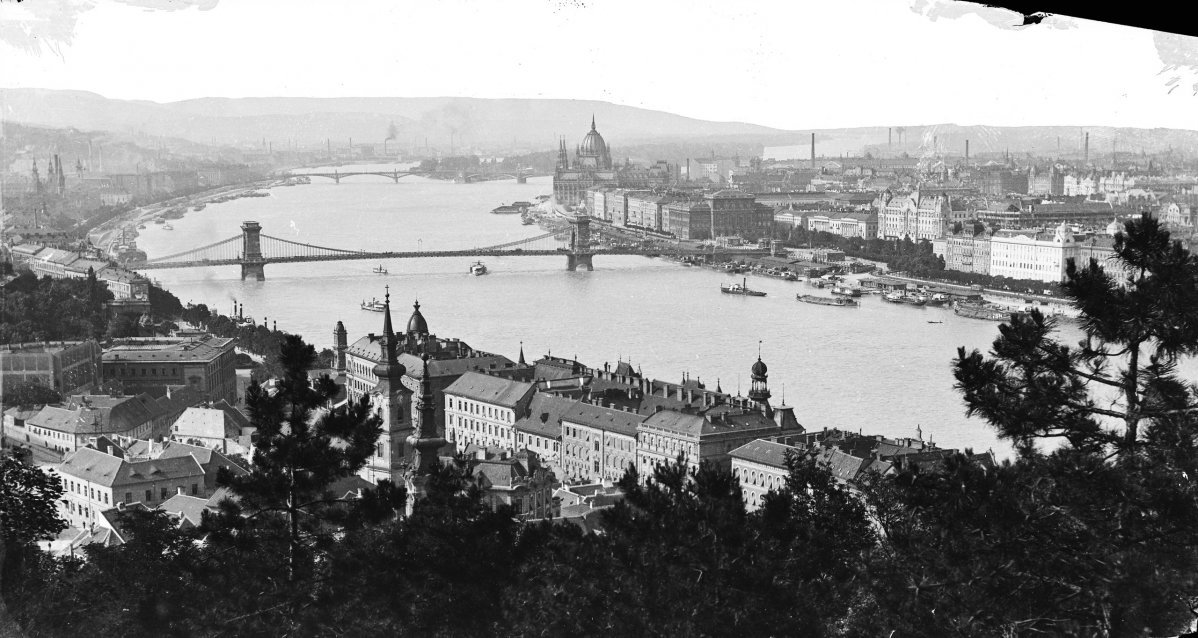




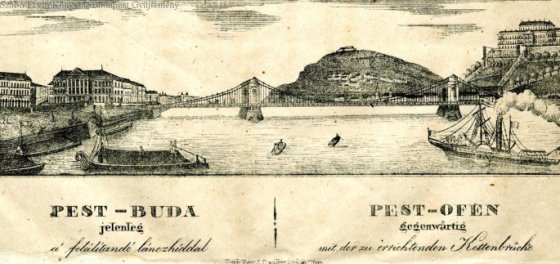
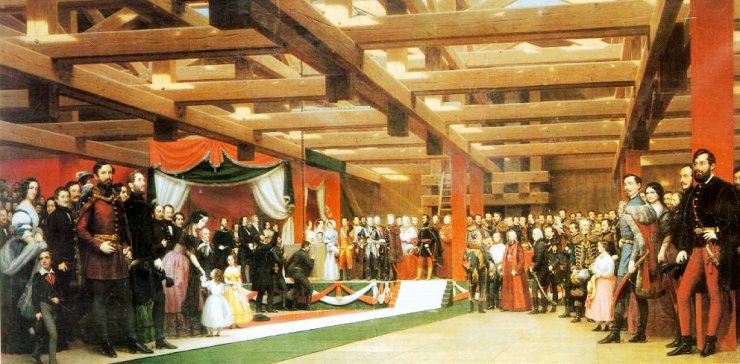
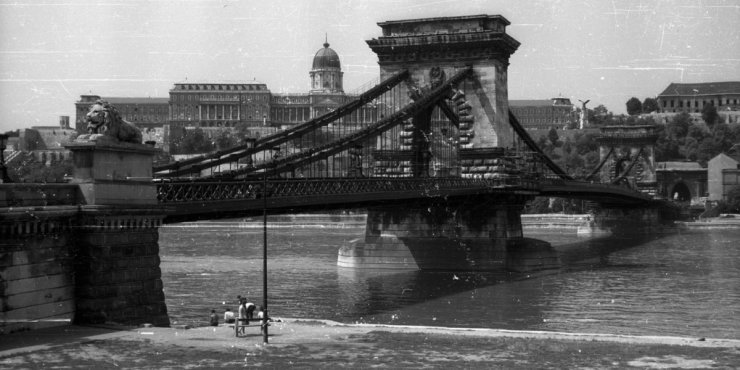
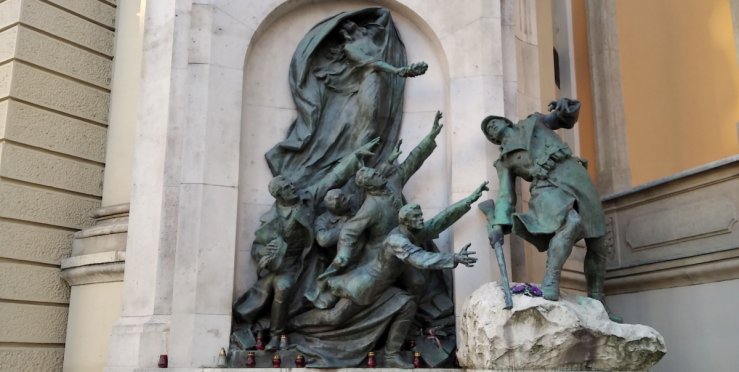
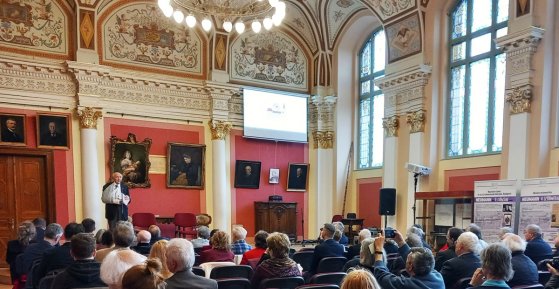
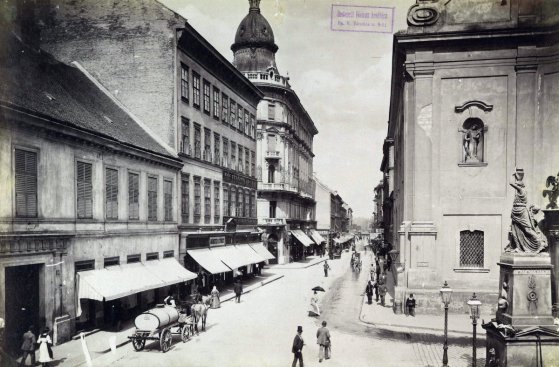
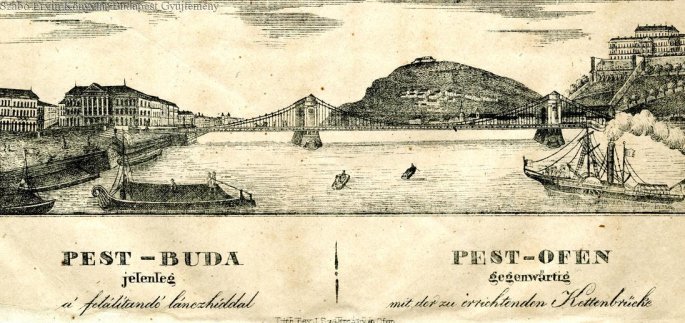
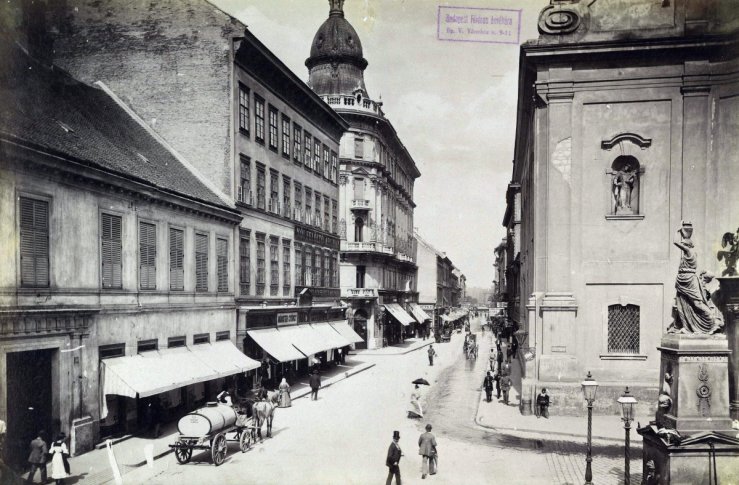
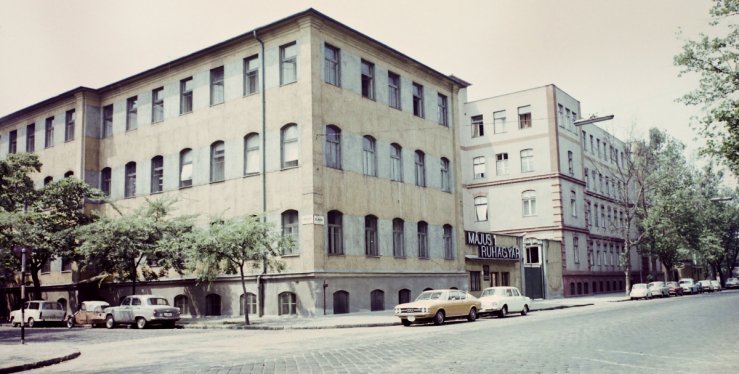
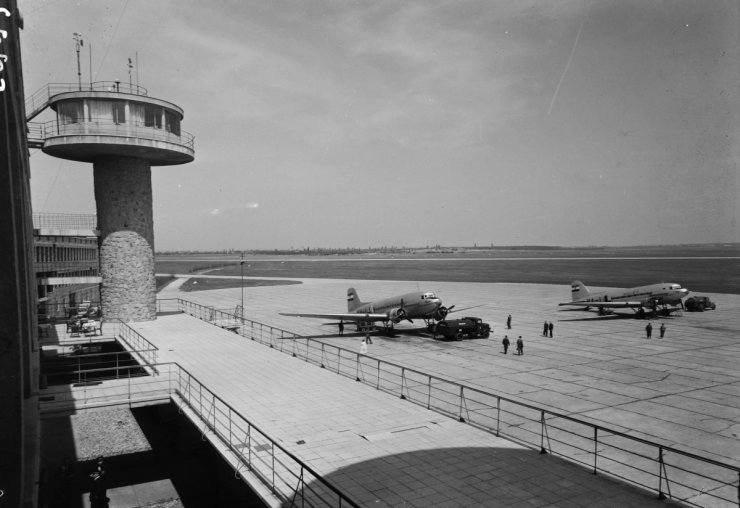
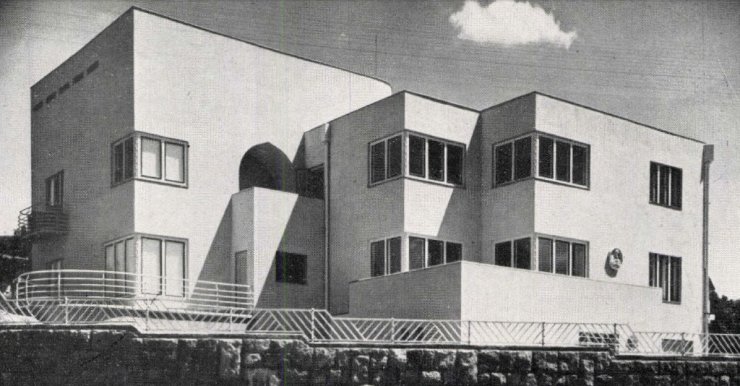
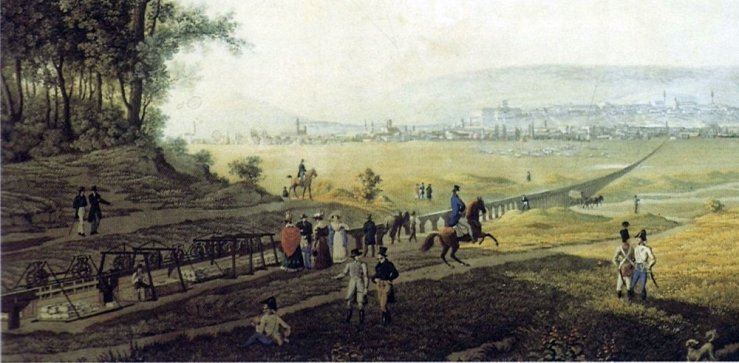
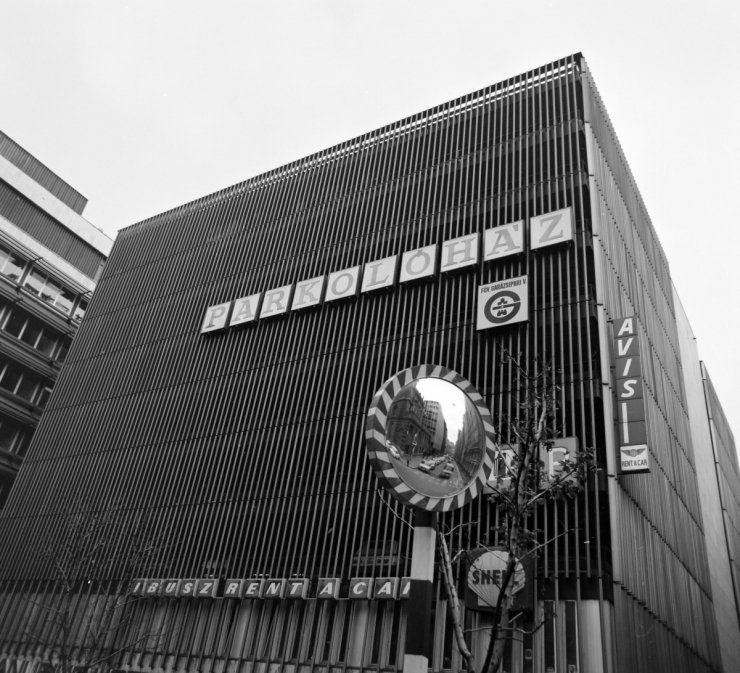
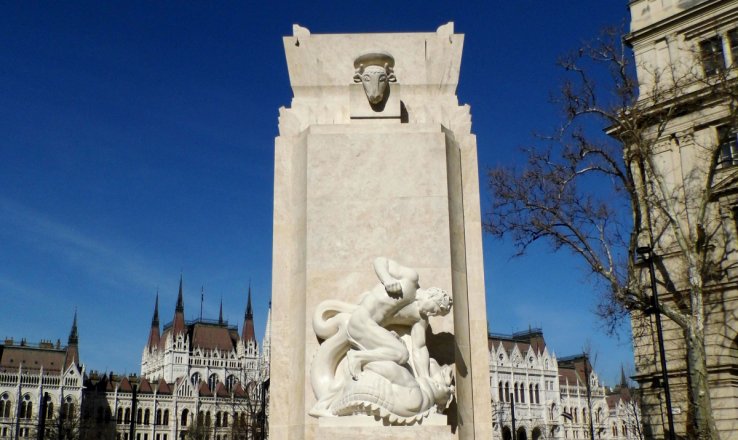
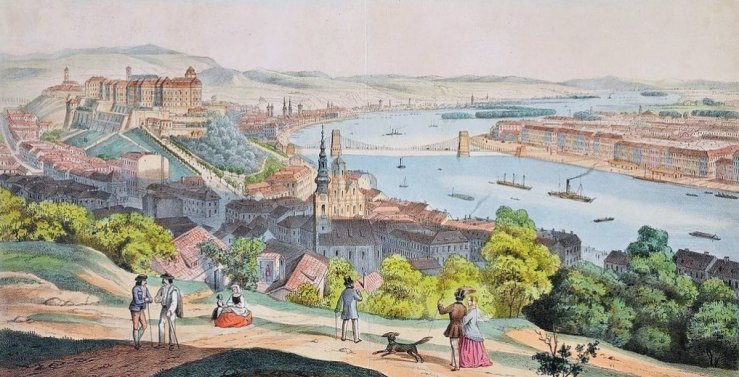
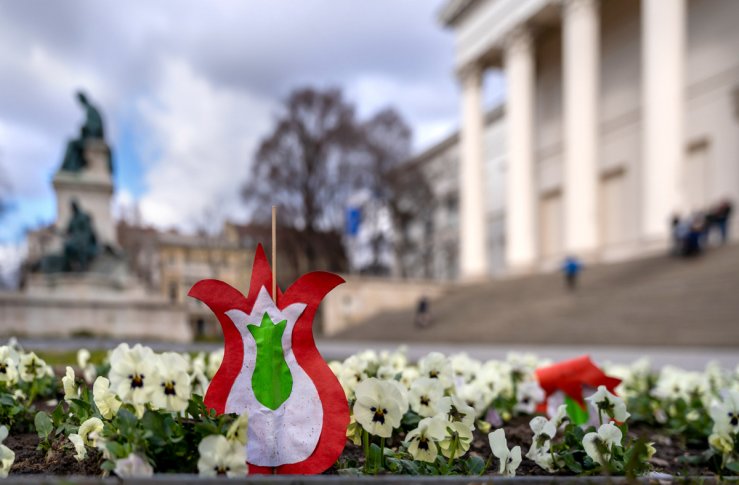
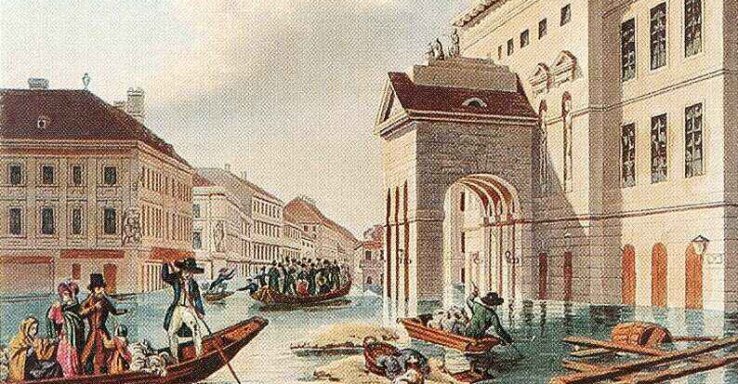
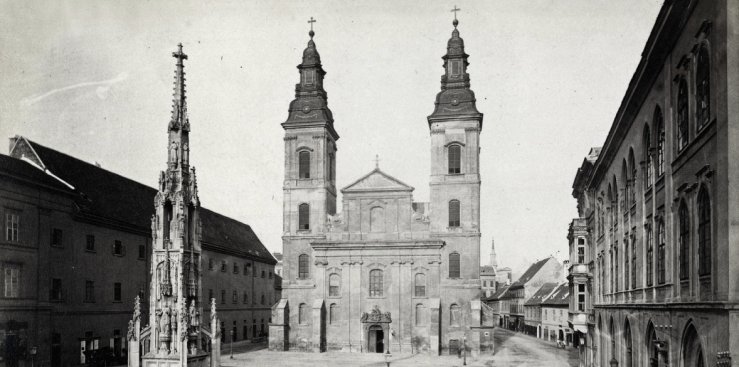
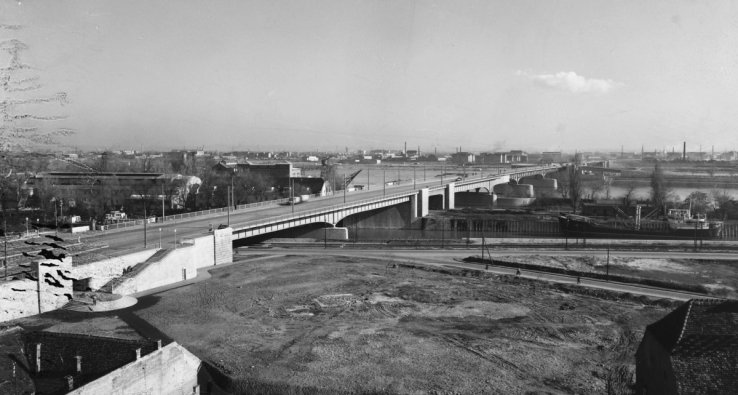
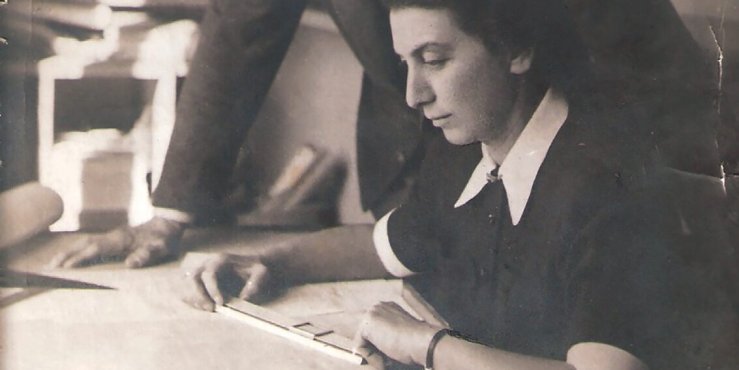
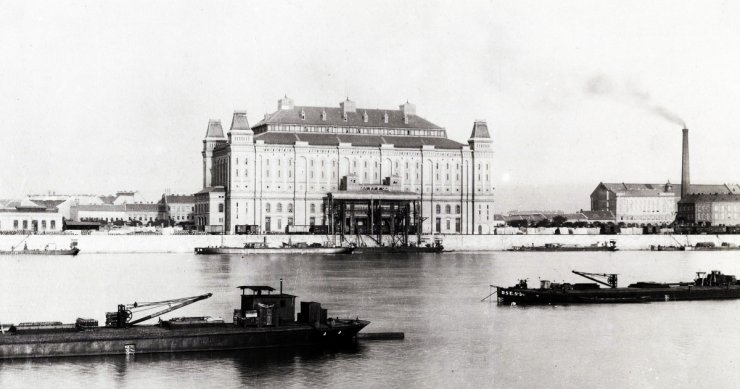
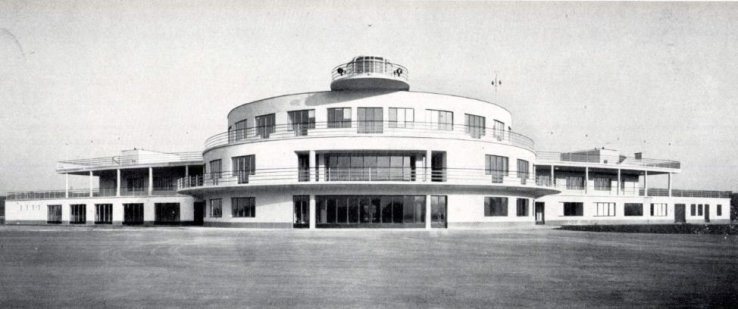
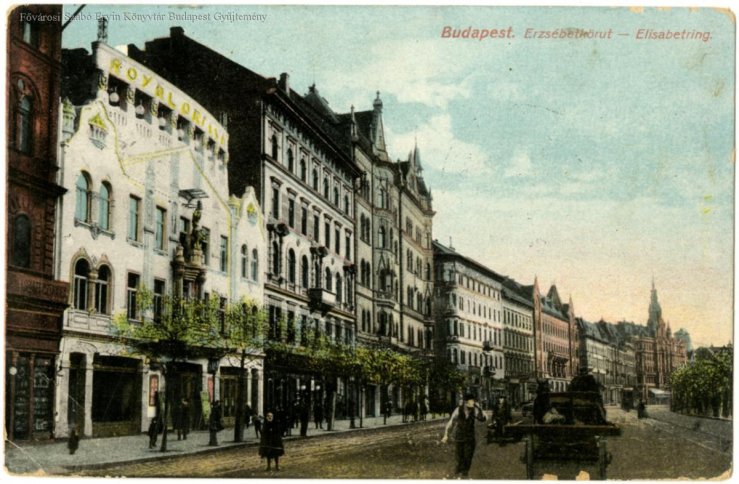
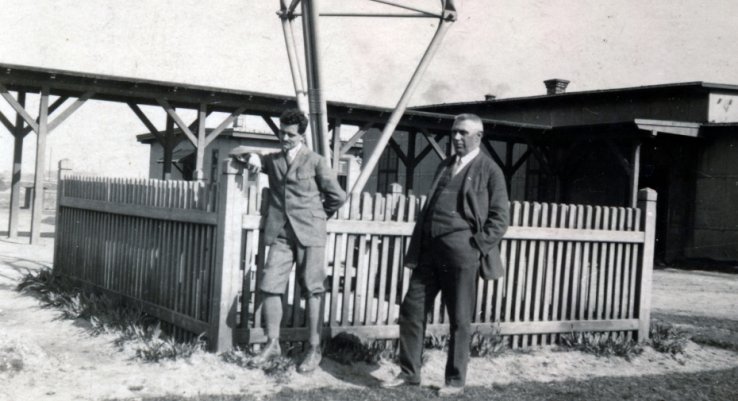
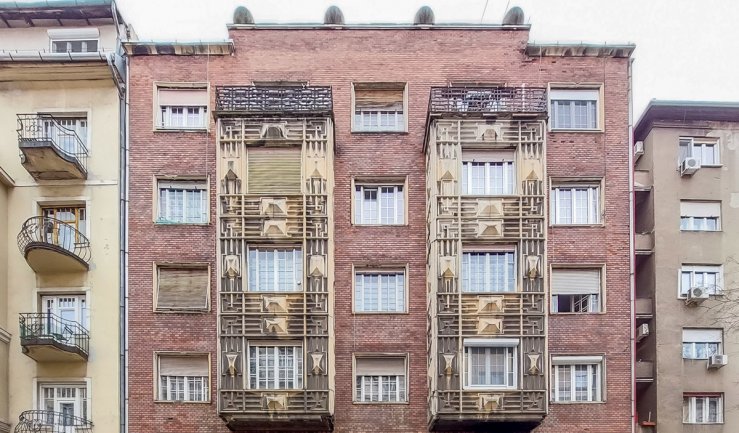
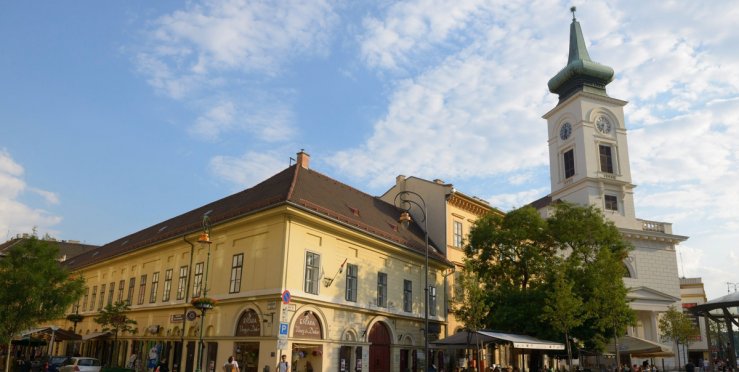
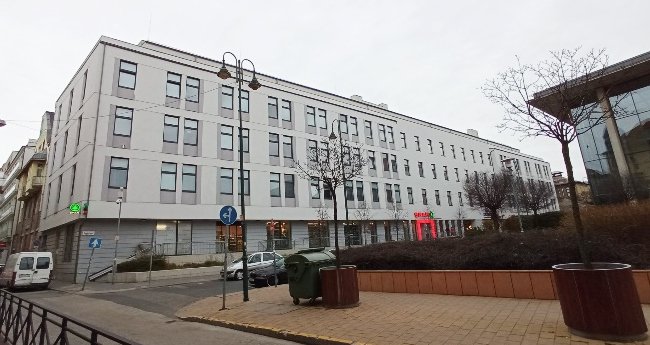
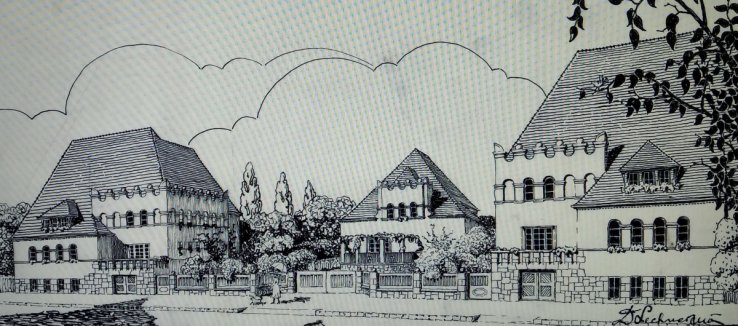
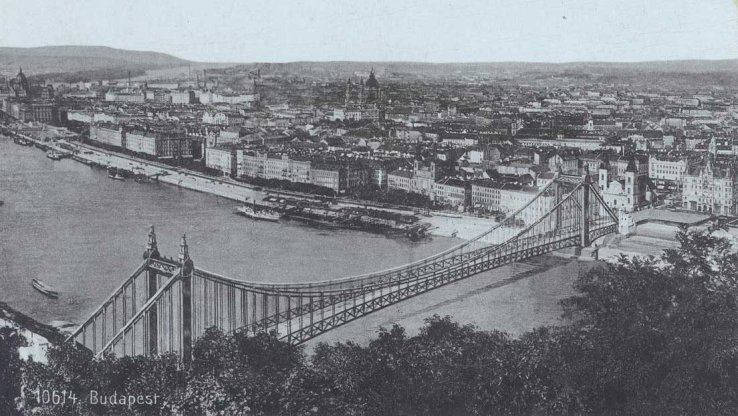
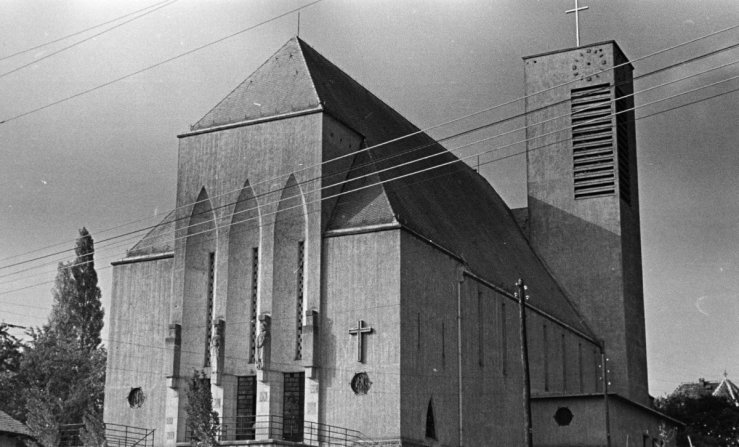


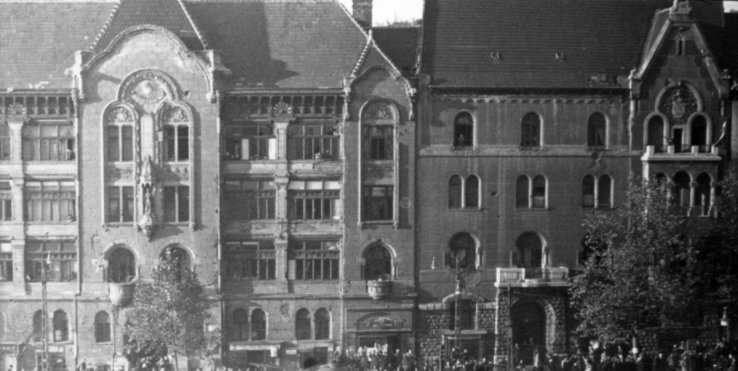
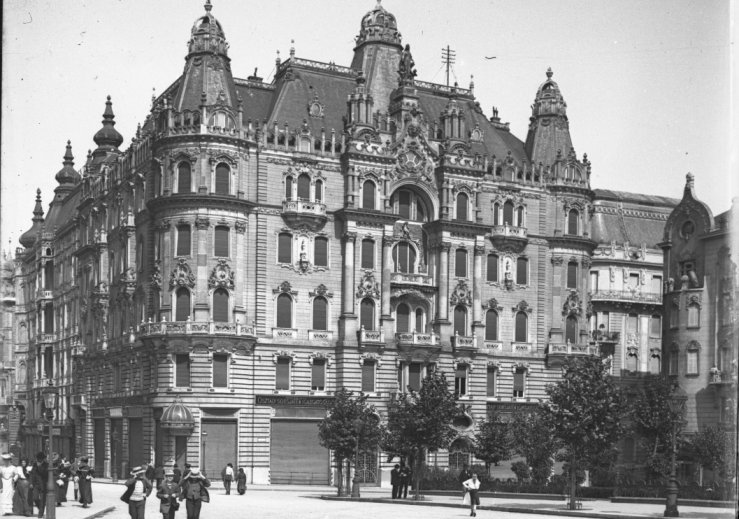
Hozzászólások
Log in or register to comment!
Login Registration